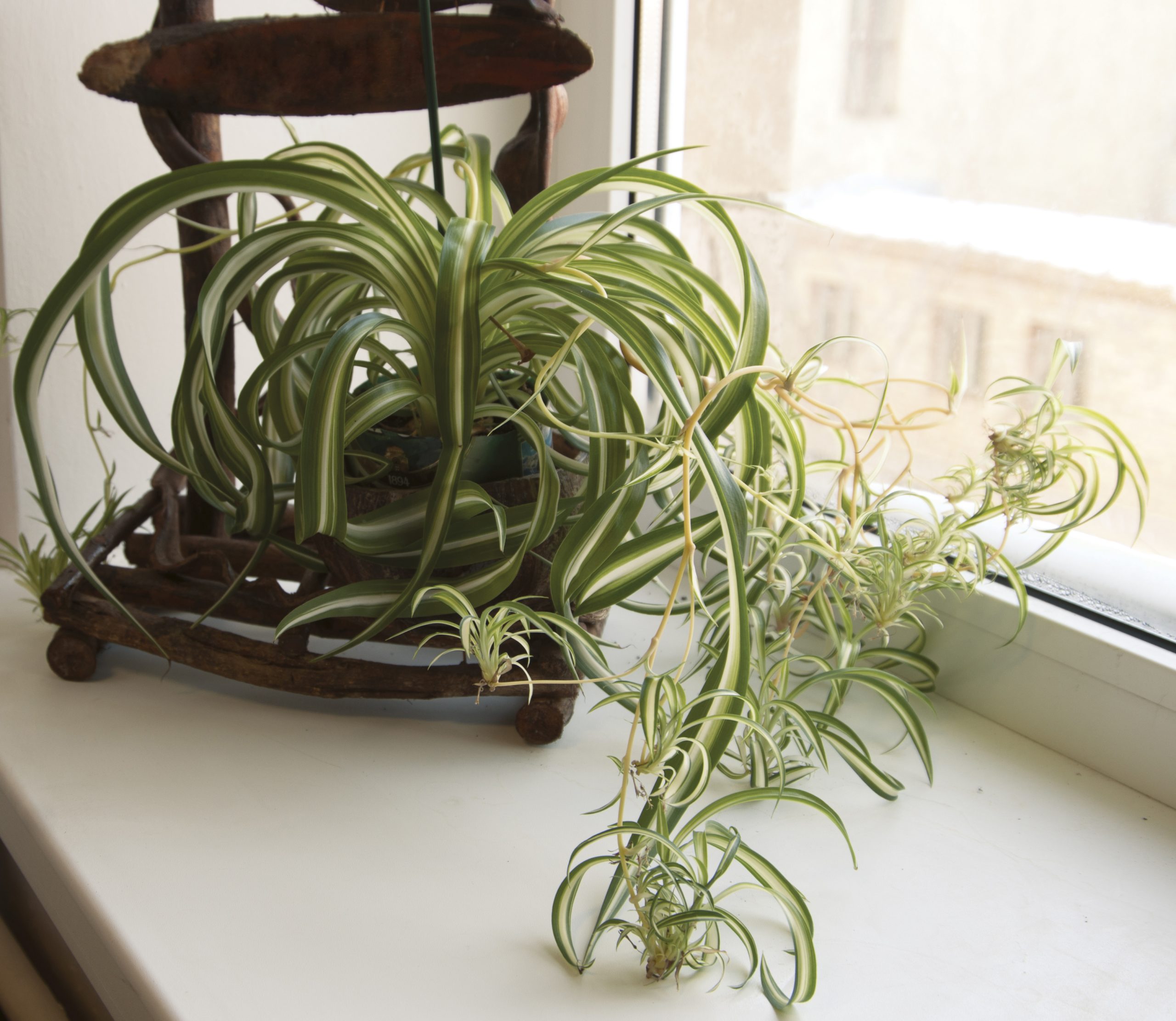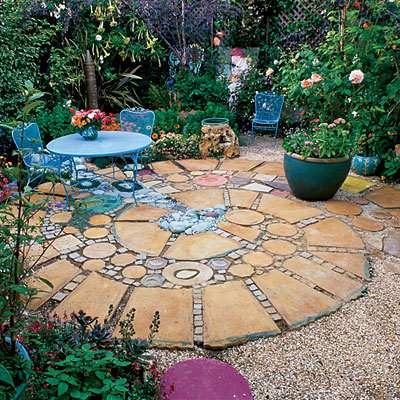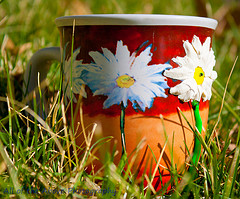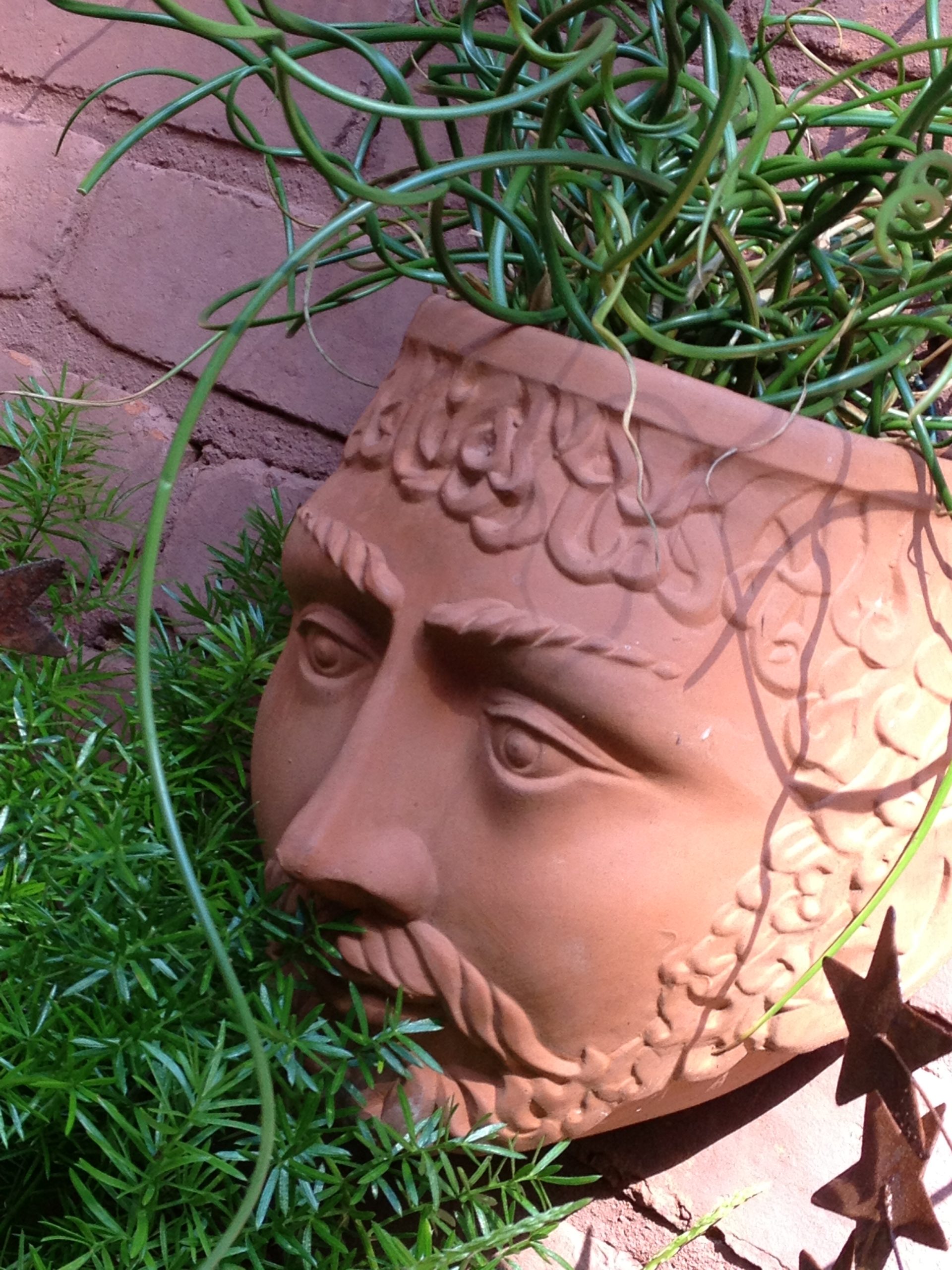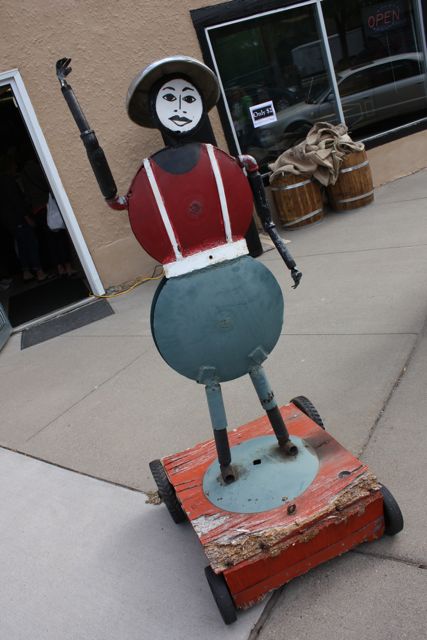Landscaping with Ornamental Grasses
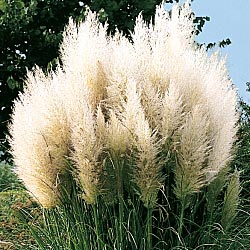
Ornamental Grasses are a low maintenance way to add drama to your landscape. They can be grouped in a dramatic cluster or worked in with other plants. With so many types offered, it is also easy to locate something you will like. But you must select the right plants for your space and needs.
Since most ornamental style grasses were originally wild, they are hardy plants. They seldom require feeding, resist diseases and pests well, and tolerate a lot of different conditions. Most prefer soil that has good drainage.
Many species prefer full sun, but there are varieties that also tolerate shade. Many also tolerate drought well and require minimal watering after becoming established. Check light, soil, and zone specifications for each plant when you are making your choices.
Most ornamental grasses send out very deep roots, so when planting be sure to aerate the soil deeply enough, about twice the height of the root. Be sure you have adequate overhead clearance for the type you are planting, since some varieties can grow up to ten feet. Once the soil has been replaced, water the plant well, and continue to water until the plant has established roots.
Maiden Grass is found in many home gardens. It often grows up to 8 feet in height, and is visually stunning. Burgundy blooms are offset against green and white foliage. It requires full sun and ample water, and needs to be trimmed to ground level in the early spring.
One of the easiest types to grow is Feather Reed Grass. It does well in almost any soil, and can grow in full sun or shade. Stalks of flowers, often over five feet tall, are nestled among leaves that are dark green. The flowers bloom in the summer, while the foliage grows the most during cool weather, as in late winter or early spring.
Northern Sea Oats and Blue Oat Grass are two nice selections for home lawns. However, they do have quite different needs and properties. Northern sea oats grow in sun or shade, with a slight preference for shade, while blue oat grass must have full sun. Blue oat grass makes an effective ground cover, while Northern sea oats will clump. Both need soil that is adequately drained, and both grow tall, with Northern reaching 8 feet and Blue Oat achieving heights of 6 feet. Northern also needs far less water.
Ornamental Grass Landscaping
With multiple ornamental grass variety choices, you can easily find an interesting addition for your backyard landscape. They require little effort, are quite forgiving, and when selected properly, add a lot of charm.

